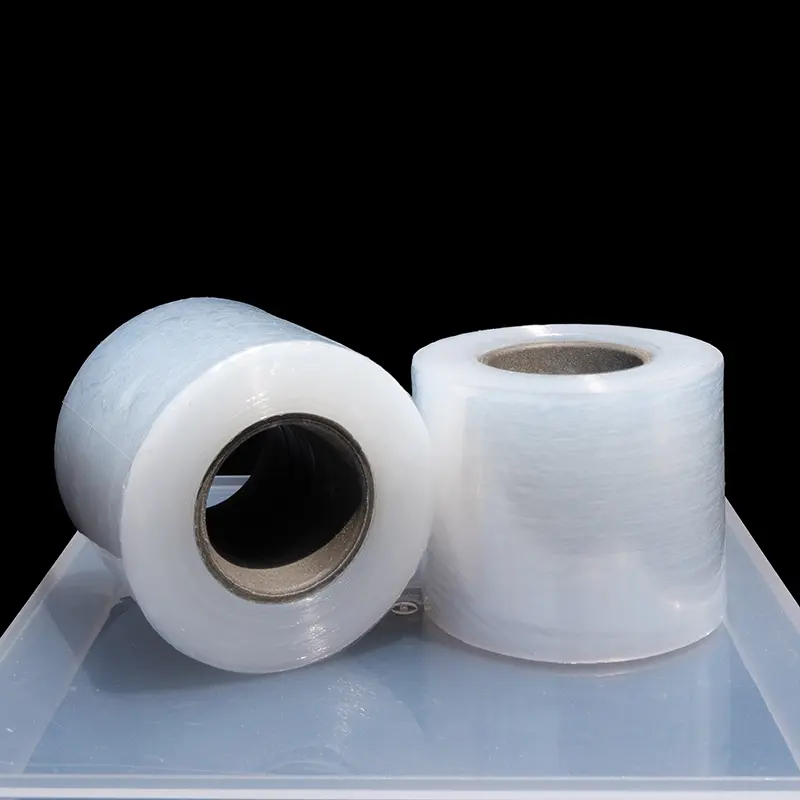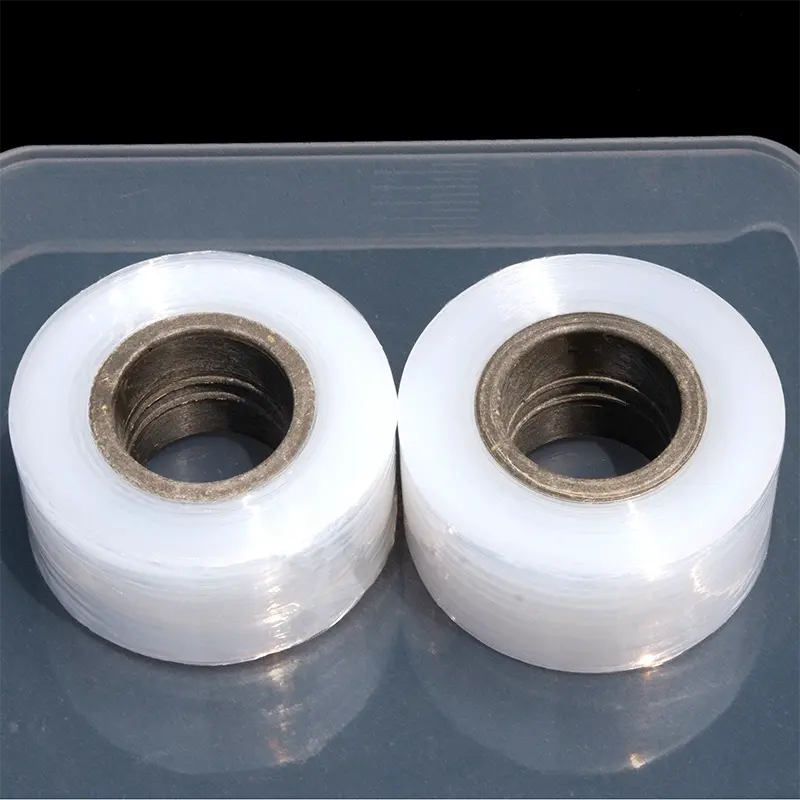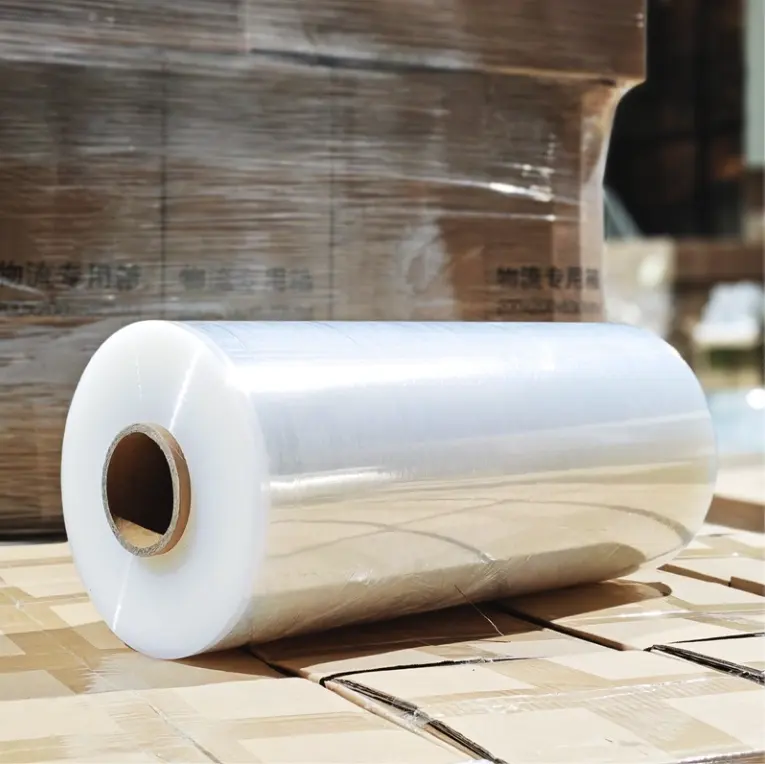Micron Stretch Film Applications and Advantages
Release time: 2025-07-10
Micron stretch film refers to ultra-thin stretch film with a thickness in the micron (μm) range, typically between 6 and 30 microns. The core features of this film include its ultra-thin thickness, high strength, excellent stretchability, and puncture resistance, making it suitable for specific applications and offering distinct advantages.
Core Applications
Packaging for Electronic Products
Smartphones, Tablets, and Laptops Screen Protection: This is one of the primary uses of ultra-thin stretch film. It is used during the production, assembly, quality inspection, storage, and transportation processes to wrap and protect entire devices or screen panels.
- Protection: Prevents scratches, dust, fingerprints, or minor liquid spills on screens and outer casings during production.
- Fixation: Temporarily secures accessories (such as chargers, data cables, user manuals) to the main unit before placing them in inner packaging, preventing movement inside the box.
- Advantages: Extremely thin (typically 12μm – 20μm), which minimizes the impact on product appearance and size, saves space, is cost-effective, and is easy to handle (can be applied manually or with pre-stretch machines).
Protection for Small Precision Instruments and Components
Used to protect the surfaces of camera lenses, optical lenses, precision mechanical parts, small instruments, etc., from scratches and contamination during transportation and storage. Its light and thin nature does not significantly increase the volume of the packaging.
Lightweight Product Bundling
Used to bundle multiple small, lightweight retail products (e.g., cosmetic samples, bottled beverages, small food boxes, stationery) together into a unit for easier handling and sales. This is suitable for e-commerce small item packaging or supermarket promotional bundling.
Stabilizing Palletized Goods
Commonly used to wrap palletized goods, preventing spillage, tilting, or moisture exposure during transportation, often seen in warehouses, ports, and logistics centers. The ultra-thin design (such as 12 microns) can reduce plastic usage by over 50%, lowering costs and enhancing environmental friendliness. It is primarily used for light, stable palletized goods with low load requirements, offering surface dust protection or light fixation on the outer layer. Standard thickness stretch films (such as 20μm – 50μm) are used for heavier or more stable pallet loads.


Food Preservation
While specialized food films are typically used for food preservation, micron stretch films that meet food-grade standards can also be used to wrap fruits, vegetables, and plates, providing temporary preservation and dust protection. However, this is not their primary design purpose.
Why Choose Micron-Level Ultra-Thin Stretch Film?
- Extremely Thin: Significantly reduces material usage, lowering costs.
- Space-Saving: Packaging almost does not increase the product volume, making it ideal for space-sensitive packaging.
- Effective Protection: Provides protection against scratches, dust, and light contamination.
- Convenient to Operate: Easy to handle manually or by machine, with good pre-stretch effects.
- Economical and Eco-Friendly: Reduces plastic usage, aligning with the trend of reducing plastic waste.
Thickness Selection Guide
| Thickness Range | Typical Uses |
| 6-12 microns | Lightweight items, manual packaging, eco-friendly plastic reduction |
| 15-20 microns | General-purpose, balancing strength and cost |
| 23-30 microns | Heavy or sharp items, or long-term storage |
The core value of micron-level ultra-thin stretch film lies in providing an economical, efficient, space-saving surface protection and temporary fixation solution for high-value, easily scratched lightweight items (especially electronic products).


